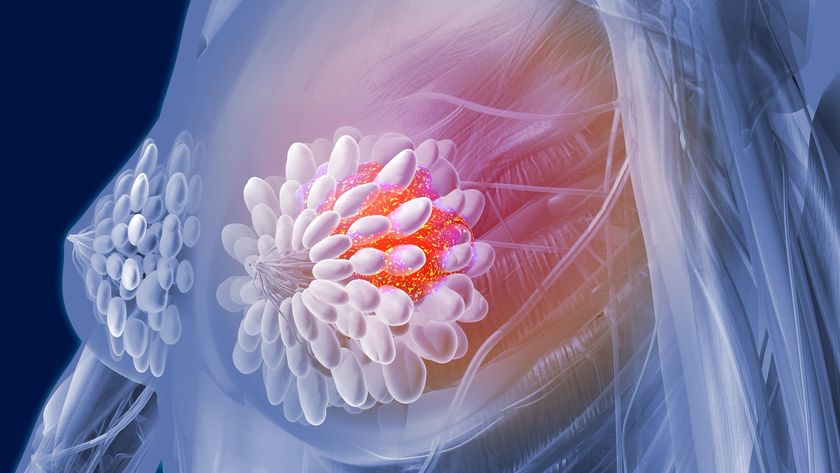Breast Cancer Prevention Drugs Recommended for High-Risk Women

Women at high risk of developing breast cancer may benefit from taking medications that reduce the risk of the disease, but average-risk women should not take the drugs, according to new recommendations from a government-appointed panel of experts.
The recommendations, made by the U.S. Preventive Services Task Force, apply to women ages 35 and older who do not have symptoms of breast cancer, and have not had breast cancer or its precursor conditions in the past.
Studies suggest that the drugs tamoxifen and raloxifene may reduce the risk of developing estrogen receptor-positive breast cancer (or breast cancer that grows in response to the female hormone estrogen), and the Food and Drug Administration has approved these medications for the prevention of breast cancer. However, the drugs also can cause serious side effects, including blood clots, uterine cancer and cataracts, as well as less serious side effects such as hot flashes.
The task force reviewed the evidence, and said that women at increased risk for breast cancer should first speak with their doctor about the benefits and risks of the drugs. For women at high risk for breast cancer and low risk for side effects, doctors should offer to prescribe the drugs, the task force said.
A women's risk for breast cancer can be assessed with an online calculator developed by the National Cancer Institute that provides an estimate based on factors such as a women's age, number of close relatives with breast cancer, and smoking and exercise habits. The task force said that women with an estimated breast cancer risk of 3 percent or more over the next five years would be the most likely to benefit from taking tamoxifen or raloxifene. (For comparison, the average 40-year-old woman has a 0.6 percent risk of breast cancer over the next five years.)
Only a small fraction of women would benefit from taking the drugs, the task force said. For women not at increased risk for breast cancer, the potential harms of taking the drugs outweigh the benefits, the task force said.
Studies suggest that, out of 1,000 women at increased risk for breast cancer, about 23 will develop the disease over a five-year period, but that if the women took tamoxifen or raloxifene, there would be about seven to nine fewer cases.
Sign up for the Live Science daily newsletter now
Get the world’s most fascinating discoveries delivered straight to your inbox.
But out of 1,000 women taking the drugs, about four to seven would be expected to experience blood clots, and if they were taking tamoxifen, four would be expected to develop uterine cancer.
Earlier this year, the task force released a draft of its recommendation regarding breast cancer-preventing drugs, and the recommendations are now in their final form.
Follow Rachael Rettner @RachaelRettner. Follow LiveScience @livescience, Facebook & Google+. Original article on LiveScience.

Rachael is a Live Science contributor, and was a former channel editor and senior writer for Live Science between 2010 and 2022. She has a master's degree in journalism from New York University's Science, Health and Environmental Reporting Program. She also holds a B.S. in molecular biology and an M.S. in biology from the University of California, San Diego. Her work has appeared in Scienceline, The Washington Post and Scientific American.











